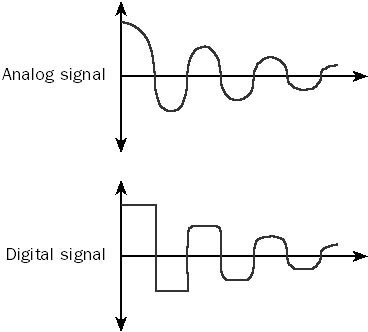In the world of computer networking, the concept of attenuation plays a crucial role in understanding the behavior of signals as they travel across cabling. Attenuation refers to the gradual loss of signal strength over long distances, impacting the quality and reliability of data transmission. In this article, we will delve into the definition of attenuation, its measurement in decibels (dB), and its implications for different types of cabling media.
Defining Attenuation
Attenuation, in the context of computer networking, is the loss of signal strength over long distances when signals travel along cabling. As signals propagate along the transmission path, they encounter various obstacles and media characteristics that result in a reduction of signal strength. Attenuation is typically measured in decibels (dB), a standard unit of measurement that expresses the ratio of two values related to signal strength, such as voltage or power.
Understanding Attenuation in Decibels
For example, a drop of 3 dB corresponds to a decrease in signal strength of 50 percent or 2:1, while a drop of 6 dB corresponds to a decrease of 75 percent or 4:1. Attenuation values for cabling media are expressed in units of decibels per 1000 feet, which express the amount of attenuation in decibels for a standard 1000-foot length of cabling composed of that media.
Copper cabling has much greater attenuation than fiber-optic cabling; therefore, copper is suitable only for relatively short cable runs. Typical attenuation values for copper category 5 cabling vary with frequency and are shown in the table that follows. Attenuation for lower-grade cable is slightly higher.
Attenuation Values for Copper Category 5 Cabling
| Signal Frequency | Attenuation |
| 4 MHz | 13 dB/1000 feet |
| 10 MHz | 20 dB/1000 feet |
| 20 MHz | 28 dB/1000 feet |
| 100 MHz | 67 dB/1000 feet |
Attenuation by signal absorption

Attenuation is caused by signal absorption, connector loss, and coupling loss. To minimize attenuation, use high-grade cabling such as enhanced category 5 cabling. Also try to minimize the number of connector devices or couplers, ensuring that these are high-grade components as well. When a signal attenuates a large amount, the receiving device might not be able to detect it or might misinterpret it, therefore causing errors.
Implications and Considerations
Understanding attenuation is crucial for designing and implementing robust network infrastructures. Excessive attenuation can lead to data loss, signal distortion, and reduced transmission distances. Network engineers and installers must carefully consider the attenuation characteristics of different cabling media when planning the layout and configuration of their networks.
Optimizing network performance requires striking a balance between distance, data rates, and acceptable levels of attenuation. In situations where longer distances or higher data rates are required, fiber-optic cabling offers a superior alternative due to its lower attenuation characteristics.
Conclusion
Attenuation is a critical factor in understanding the behavior of signals as they travel through cabling in computer networks. Measured in decibels (dB), attenuation represents the gradual loss of signal strength over distance. Copper cabling, although widely used, has higher attenuation compared to fiber-optic cabling.
By considering attenuation values and their implications, network professionals can optimize their network designs, ensuring reliable and high-performance data transmission. Understanding attenuation is key to building efficient and robust network infrastructures that meet the evolving demands of modern connectivity.